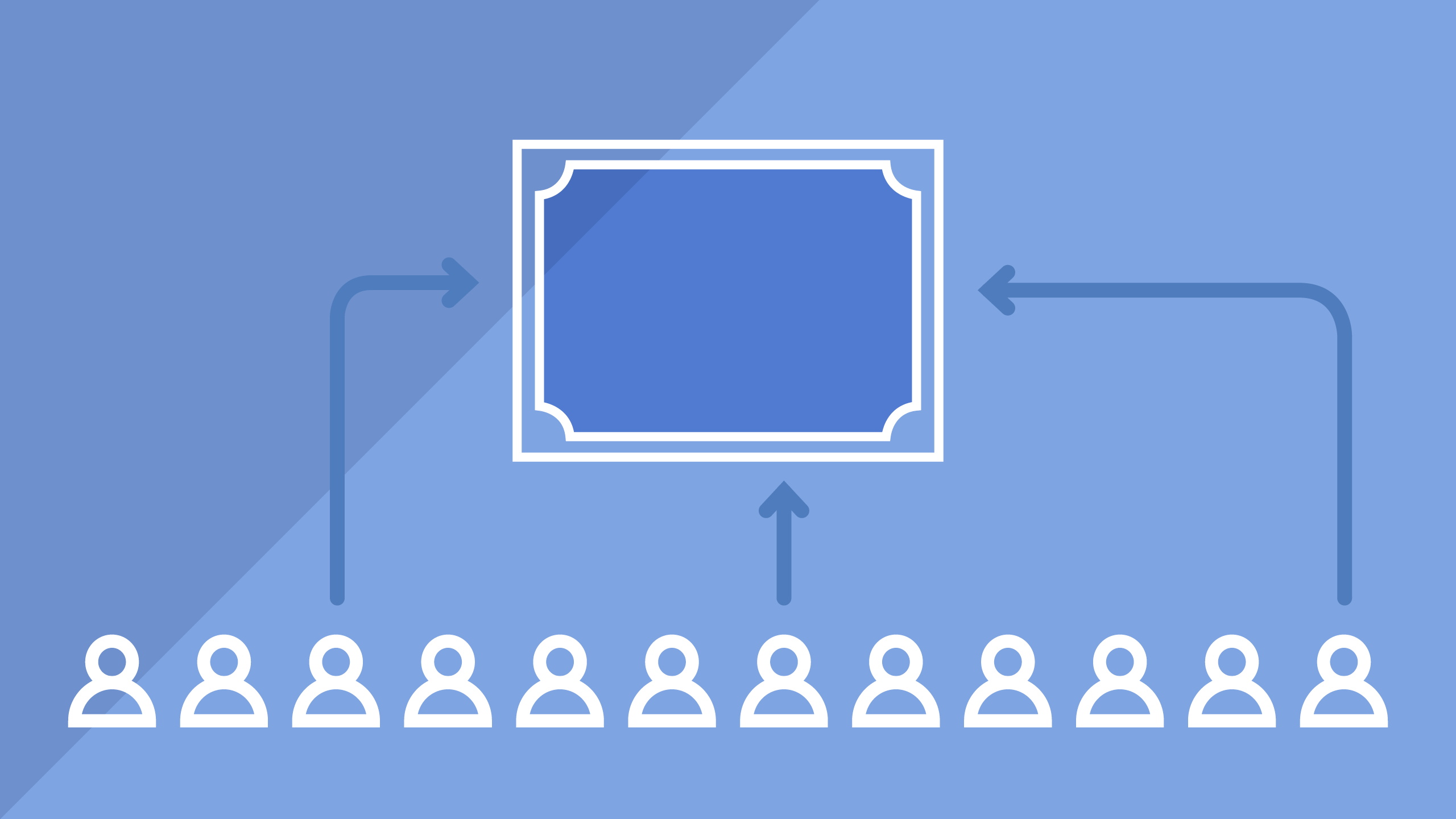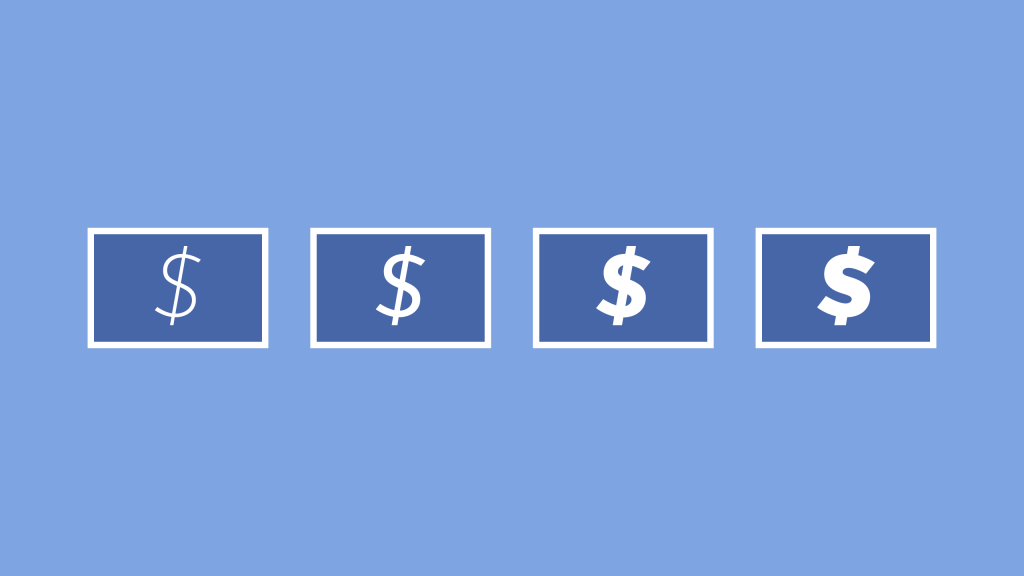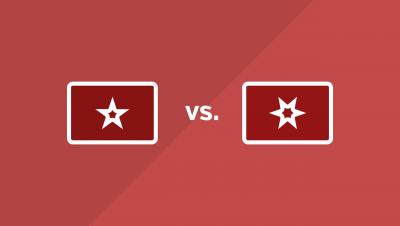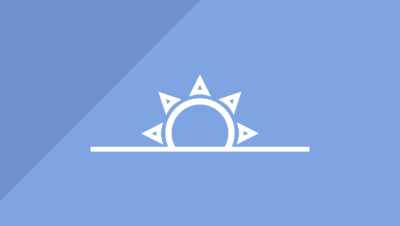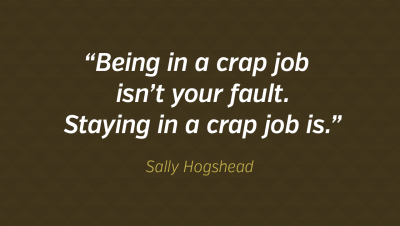Every creator needs patronage. It’s an age-old issue, remarked even in the letters of Leonardo da Vinci. The old advertising and filmmaking adage “one for the reel; one for the meal” embodies this idea.
It’s unclear whether this is immediately reassuring or depressing, but it does point to one thing: the problem of getting financial support for our creative projects will always be with us.
“One for the reel; one for the meal.”
—advertising adage
Let’s see what we can do about it.
The Power of Patreon
There are shared struggles among the creative pros featured on The Busy Creator Podcast. Funding is never far from mind; after all, if we can’t stay in business, we can’t keep producing.
Steve Dotto, who produces software and productivity training videos from his home studio in British Columbia, tackled the issue head-on by using crowdfunding platform Patreon to gain support directly from his audience. Although it took him a long time to decide on a workable revenue model, Patreon now delivers one of Steve’s main sources of income alongside his online courses and in-person training workshops.
“Patreon is a platform based not on a project, but on a subscription for ongoing content. It’s almost like the troubadour mentality, where you have a small tribe that follows you and supports you for as little as a dollar a month. They pay you not for the work you’ve done, but for the work you’re going to do.”
No surprise that Patreon has worked out well for Steve, because its model is completely in line with his philosophy of being accessible to his customers.
This idea is baked into the Patreon platform. In fact, Jack Conte, one of the site’s founders, doesn’t earn a salary from running Patreon, but instead use the platform itself to support his band, Pomplamoose, in the effort to create new songs and videos.
This may be the very point of Patreon and other crowdfunding services, but nothing is automatic. Let’s not overlook the systematic and strategic way Steve launched his effort.
He even postponed his official Patreon launch while he persuaded friends and acquaintances to back him.
Starting from a solid YouTube base of around 25,000 subscribers, Steve wrote a compelling pitch highlighting the biggest benefits of patronage. He even postponed his official Patreon launch while he persuaded friends and acquaintances to back him, just so his total number of patrons wouldn’t start at zero.
This worked well enough, but support really took off when Steve started offering digital productivity courses as perks.
“People are no longer buying the courses, but jumping on to Patreon. They feel they’re paying me to produce the next course, as well as getting some good content. Now they’re my community, my peeps.”
Finding the Right Rewards
Offering the right perks or bonuses to your supporting community may be key to gaining new backers, but rewards must be sustainable as well as attractive, as previous podcast guest, the Colorado-based artist and illustrator Alice Coles, cautions:
“Crowdsourcing is an amazing thing, but artists especially can get in over their heads. It’s easy to have grand visions of rewards, and you just don’t realize how much time and energy they can take out of you. Then it becomes all about creating perks for your patrons and you don’t have time to work on your actual ‘proper’ stuff!”
The ultimate challenge is to create rewards which not only finance our creative ventures, but enrich them too.
Alice’s experience, one shared by many of her fellow artists, highlights the importance of keeping our eyes on the main project. The ultimate challenge is to create rewards which not only finance our creative ventures, but enrich them too.
Raising Revenue Across Multiple Channels
Sacramento podcaster Dan Fields uses Patreon to gain support for his comedy podcast Save It for The Show (or SIFTShow for short). The podcast is his passion project, offering bawdy light relief from the responsibilities of parenting and his role as VP of Operations at interactive management company Aarra.
Dan’s Patreon pitch is appropriately light-hearted and irreverent, but makes it clear that patrons are part of the show’s inner circle, and a source of ideas:
“[F]or people who give us money, you’re really part of the show. Part of the family. So I’ll bring you more into the circle, look for your advice, etc.”
Perks available to SIFTShow patrons include a shout out on the show, and the chance to tell the presenters to say whatever the patron wants. This makes reward tiers part of the content-creation process, adding value for Dan, his supporters, and his other listeners alike.
As well as raising money through Patreon, Dan offers show-branded items for sale and occasionally features conventional ads, as well as offering visitors to their website the chance to donate using a dedicated PayPal button. This is a useful add-on which is easy to implement, and appeals to supporters who aren’t quite ready to become a monthly sustaining supporter.
One drawback of PayPal’s ‘donate’ button is that it’s effectively a dead end, and doesn’t offer an immediate entry into an ongoing relationship with the donor. For creators with a WordPress website, the Give plugin is an easy to use, free option allowing producers to stay in touch with their more casual supporters.
Give brings the ability for sites to implement a custom thank you page, which means you can offer donors a gift or prompt them to sign up for your newsletter before they leave you for good.
side note: much like a 404 page, a thank-you page is a perfectly fine place to showcase some important links like popular blog posts, free downloads, or a contact form.
Give also allows you to be creative with your call-to-action. You can stick with the traditional appeal to ‘donate’, but asking your visitors to buy you a coffee might just be more effective.
Social Proof
Jen Briney, host and producer of the Congressional Dish podcast uses listener donations to fund 100% of her show’s operation, which now includes outside editors, assistants, and schedulers.
Like Steve Dotto, content creation is Jen’s full-time occupation. Congressional Dish examines the bills passed and other actions taken by the US Congress, free of traditional media spin, and steering well clear of the circus layer of politics on top of actual government.
Like Dan Fields, Jen uses PayPal ‘donate’ buttons to invite contributions from visitors to the show’s website. She also encourages listeners to mail in paper checks, to avoid PayPal’s fee, and has recently adopted Patreon as well. Patronage is even more mission critical to Jen than to Dan, because of her dedication to keeping the show independent and free of corporate sponsorship. To this end, she (and ideally, Congress), is accountable only to her audience.
. @JenBriney is a trailblazer in crowdfunding podcast journalism! Check her out on RTS #podcast: http://t.co/gJRgC6ugAR pic.twitter.com/1794yQkKnA
— Jessica Rhodes (@JessRhodesBiz) September 28, 2016
Jen is also very open and honest about the importance of donations to the show’s budget. Listeners to Congressional Dish are left in no doubt that they have the power to influence the future of the podcast, or indeed to keep the show afloat.
As thanks, Jen dedicates the final portoion of her show to individual mentions of her new donors, and those who have re-upped to a recurring donation or increased their amount. This spectacle has a very clear positive outcome: when they get public affirmation, people give more.
How You Can Earn Support
If there’s one message which stands out from these tales of busy creators raising money for their projects it’s this: financial support from our community can free us to create more, and create better.
Want to build your own successful crowdfunding campaign? Take a deep breath and follow these six steps:
- Crunch your numbers and determine how much you’d like to make for each episode/video/blog post, etc. Build yourself a sort of “layer cake” where you can cover costs, hire some help, or upgrade equipment. This will help you create tiers for your supporters. (note: you’re not going to buy a Ferrari on the backs of your YouTube viewers! Instead, think about paying for web hosting or buying a new mic for on-location shoots. These are reasonable financial goals.)
- Sign up for a crowdfunding site like Patreon or PodBean. Create the tiers with different donation amounts.
- Spend time writing a compelling offer for each tier. Take time to focus on what patrons receive and the benefit to them and the community — this isn’t all about you!
- Nudge your closest friends and family — people who won’t say no — to prime the pot. Have them donate as little as $1/mo just to raise the number of visible participants. (no one wants to be at the party alone).
- Develop a mini launch across your various media platforms, including email, social networks, and in-person events. Consider doing a bonus podcast episode or video specifically to announce the start of your donation effort.
- Implement a mention or call-to-action as part of every new piece you publish. Continually remind the audience that their support is a critical part of your work.
We acknowledge that this 6-point list simplifies the subtlety of audience communication and effective writing. It may be a good idea to research what others are doing and emulate them — perhaps you can benefit from improved imagery, perhaps your audience responds to wit and humour rather than a plain-spoken pitch.
Don’t rush the effort and get help where you need it!
Anything to Add From Your Own Experience?
Have you added Patreon or any other donation platform to support your creative projects? What perks have been most effective in helping you build an engaged community? What were the biggest challenges?
Join the conversation in the comments section below.
Enjoyed this article?
More insight and resources delivered in our newsletter. Sign up below to receive site updates.
